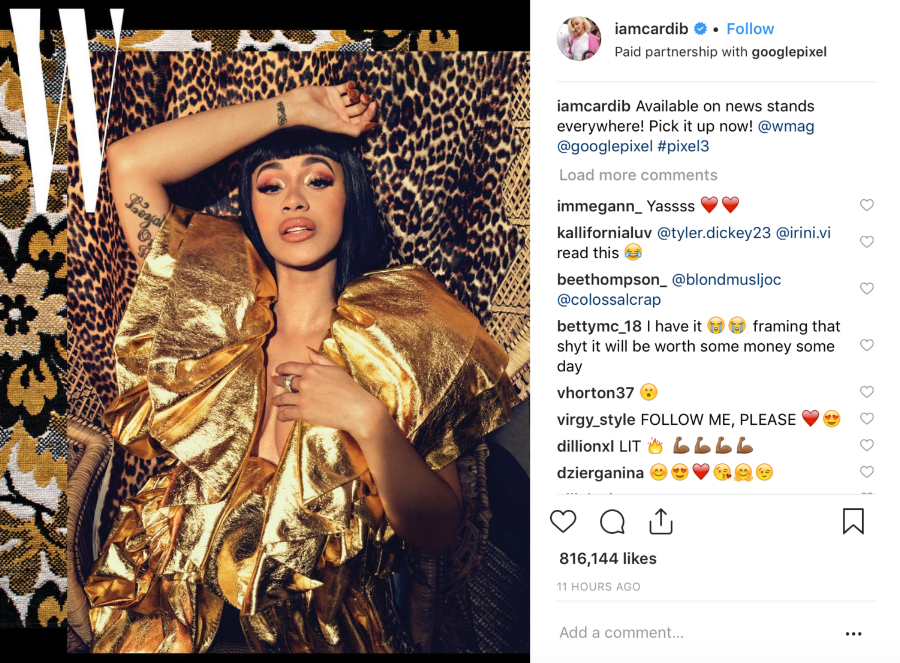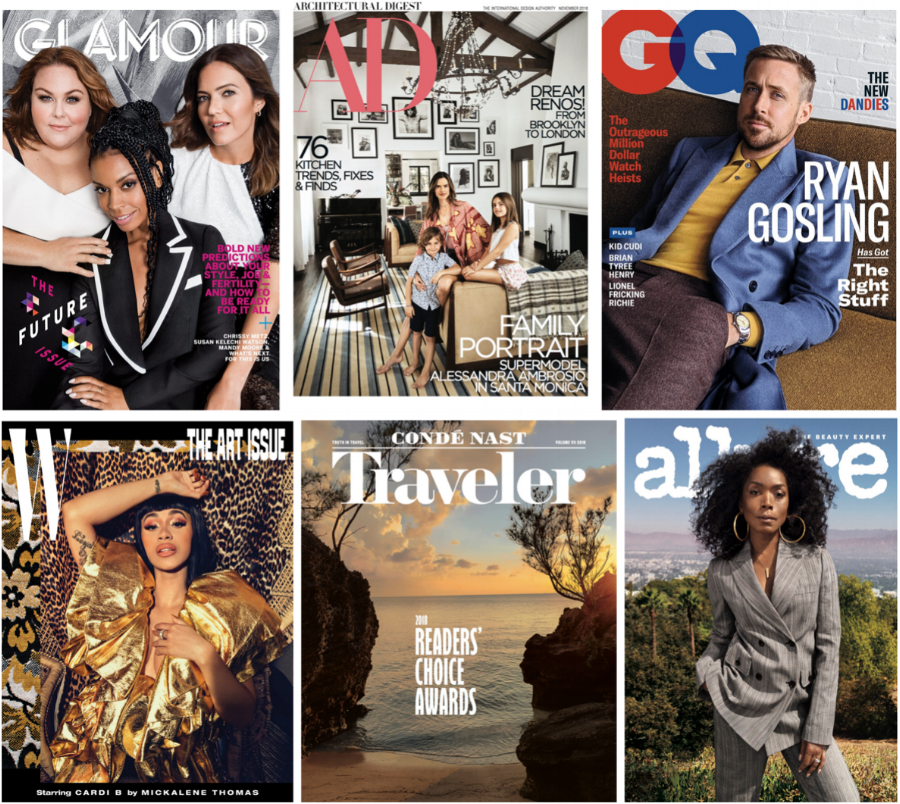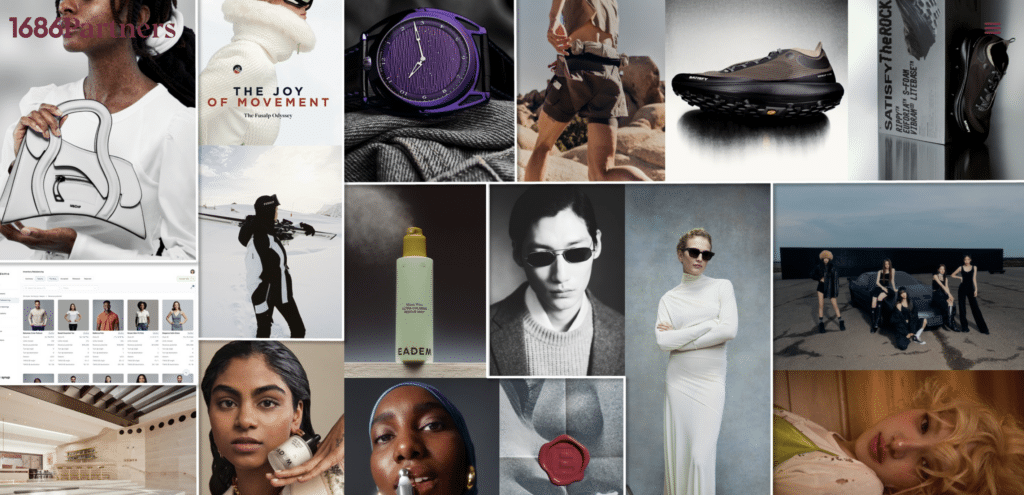W Magazine’s Volume 7 cover starring Cardi B is sponsored. However, unlike the usual pay-for-play that quietly dominates the fashion industry and its output, the cover of W’s recent Art Issue was not the result of a big fashion brand exercising sway (or pay) over what garments will be worn on a specific cover and corresponding editorial (and in a more recent trend, what photographer would shoot the images). Instead, Google Pixel was the sponsoring party, according to an Instagram post from the Cardi B, who tagged the name of Google’s smartphone arm as part of a “paid partnership” in conjunction with the recently-released cover.
The Cardi B cover comes just over a month after Google and Condé Nast announced “a partnership to capture November covers of Allure, Architectural Digest, Bon Appetit, Condé Nast Traveler, Glamour, GQ and W with Google’s new Pixel 3 phone.” In other words, in exchange for monetary compensation, the New York-based publishing giant — which controls a plethora of titles including Vogue, Vanity Fair, W, Glamour, Allure, Self, and the New Yorker, among others — is using 7 fall covers as advertisements for Google’s newest Pixel 3 phone.
Beyond the covers, which feature actress Angela Bassett on the cover of Allure, model Alessandra Ambrosio in Architectural Digest, Mandy Moore, Susan Kelechi Watson, and Chrissy Metz on the cover of Glamour, and Ryan Gosling on GQ’s cover, among others, Condé Nast and Google jointly revealed that “Condé Nast’s brands are also capturing a digital cover for GQ, Behind-the-Scenes editorial pages in-book as well as editorial videos, all recorded with the Pixel 3.” Still yet, this is hardly a one-off effort and that there will be “more to come.”
Far from a simple brand-influencer or brand-media company endorsement case, the Google/Condé Nast covers are striking as they are the latest example of companies not settling for – and media giants offering up something other than – traditional ad campaigns within the pages of a magazines. The 7 covers come after Supreme paid to put its logo on the front and back covers of one of the New York Post’s issues this summer, and while no small number of “major publishing companies from Time Inc. to Hearst Magazines have been experimenting with cover advertisements,” per BoF.
Beyond that, though, there are some notable legal elements at play. Primarily, it is worth noting that it is not immediately obvious that these covers are a promotion for anything, let alone the camera capabilities of a Google-created phone. This is particularly true if a consumer lacks knowledge of the joint Google/Condé Nast press release that was issued last month, and it is safe to assume that the average (i.e., non-press release-reading) consumer has no such knowledge.
A spokesman for Condé Nast told TFL that language inside the magazines reveals the nature of the covers, including that they were captured in connection with a Google partnership. However, a disclosure inside of the magazine, while certainly better than no disclosure at all, may fail to meet the Federal Trade Commission (“FTC”)’s rigorous standards for proper disclosure.
 image: @iamcardib
image: @iamcardib
Since only the covers, as opposed to the accompanying editorial spreads, were the images shot using the Google Pixel, disclosures should likely be on the covers, themselves, if the FTC’s rules are read strictly. The government agency has inexplicably stated in its guidelines and again, in its statement in connection with the Lord & Taylor case, that disclosures of “material connections” – which is any connection that the average consumer would not expect – must be located “in close proximity” or “placed near” the advertising claim “they are related to.” Such a “claim” could, in fact, be something as simple as an image. (Yes, according to the FTC, an image, alone, is capable of serving as an endorsement).
A rep for Google confirmed the partnership with Condé Nast but did not respond to an inquiry as to whether Google requires the parties it works with to include proper legal disclosures (as required by the FTC). Although, it is seems clear that Google does include disclosure language requirements in its contracts with the talent it enlists to act as endorsers, hence, the “Paid for Partnership” tag on Cardi B’s Instagram post.
Why not contractually require disclosures on the covers of the 7 magazines?
With this in mind, there seems to be an enduring divide between how partnerships, advertisements, and/or other “material connections” are handled in print versus online. While the web – and social media, in particular – is consistently considered the “wild west” in terms of disclosures or lack thereof (largely due to the relative novelty of digital marketing, including in its native forms), it is in many ways (as indicated here) arguably less opaque when compared to the practices long-associated with more traditional media.
For instance, for decades, magazines were known (and in many cases, are still known) to favor advertisers in terms of their content (to keep them happy and to induce further ad spending) and to give preferential treatment to brands that offer up gifts and other perks to editors. Such practices still run quite rampant in fashion and beyond. Not long ago, TFL revealed that many big-name publications were regularly traveling to far-flung fashion events (complete with lavish over-night stays and gifts). They do so on brands’ dimes without disclosing that to readers in related coverage.
These are things that require disclosure in accordance with the FTC’s various long-standing guidelines, but have been consistently overlooked, for years, by almost all parties in a print context.
Practically speaking, it is interesting to see that social media is, in at least some instances, turning out to be the more transparent space in terms of the disclosure of material connections. There are many exceptions, of course, but there is also an emerging pattern among no small number of companies, ranging from Google (it seems) to Amazon and Calvin Klein, requiring their endorsers to ensure that social media posts include specific FTC-inspired hashtags or at the very least, the Instagram-supplied “Paid for Partnership” tag. And in doing so, they are proving to be light years ahead of the way that magazines have operated for ages.
As such, it seems that despite maintaining standards that dictate how advertising and publishing entities shall behave, the FTC’s guidelines are proving far more effective in getting both fashion and non-fashion brands in the digital sphere, and their influencers and talent of choice, to be more transparent. It is time for magazines to catch up.














